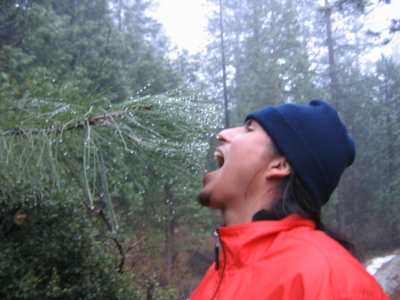Thursday, March 1, 2007
class
Mixing and dispersion in the ocean is of fundamental importance in many oceanographic problems, including climate modeling, paleo and present-day circulation studies, pollutant dispersion, biogeography, etc. The main goal of this course is to provide in-depth understanding (rather than mathematical derivations) of the causes and consequences of mixing in the ocean, and of the properties of dispersion. After introducing the concepts of diffusion and turbulence, instruments and techniques for quantifying mixing and dispersion in the ocean are reviewed and compared. Next, the instabilities and processes giving rise to turbulence in the ocean are discussed. The course concludes with a series of lectures on mixing and dispersion in specific oceanographic settings, including boundary layers, shallow seas, continental shelves, sea straits, seamounts, and mid-ocean ridge flanks.
Monday, February 19, 2007
absence of extensive data
In the absence of extensive data, early models estimate mixing in the order of 10E-04. The dyapicnal diffusivities meassured are in the order of 10E-03, one order of magnitude larger.
However, these measurements relied on theoretical constructs to link small-scale temperature and velocity fluctuations to mixing, and were thus not immune from skepticism.
However, these measurements relied on theoretical constructs to link small-scale temperature and velocity fluctuations to mixing, and were thus not immune from skepticism.
- What is the purpose of the observations? Do you wish to test hypotheses or describe processes?
- What accuracy is required of the observation?
- What temporal and spatial resolution is required? What is the duration of measurements?
outline
- Objectives: scientific, engineering or educational significance of the proposed work.
- Suitability of the methods to be employed
- Qualifications of the investigator an the grantee organization
- Effect of the activity on the infrastructure of science, engineering and education
- Amount of funding required
This is following the NSF guidelines, but following yours I have found that you have a lot more points. I think that I am going to follow this:
- What I have done
- What I want to do
- How am I going to do it?
Proposal Blog
Hi Andreas, this is the way I am organizing the proposal...
I have read your proposal and I have been looking at the figures and some concepts that I am still learning.
I have read your proposal and I have been looking at the figures and some concepts that I am still learning.
Subscribe to:
Posts (Atom)
